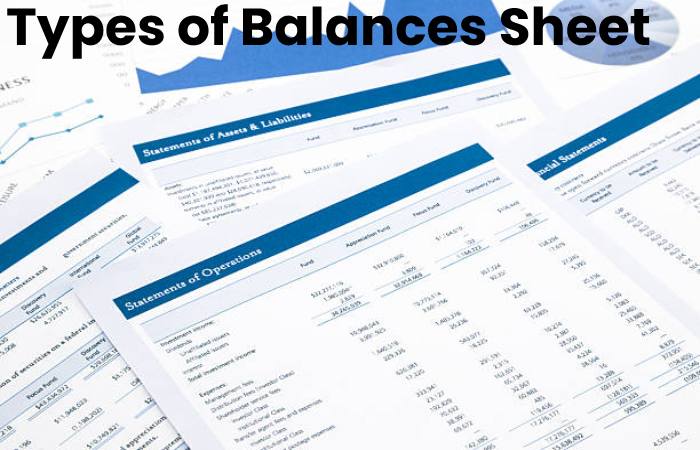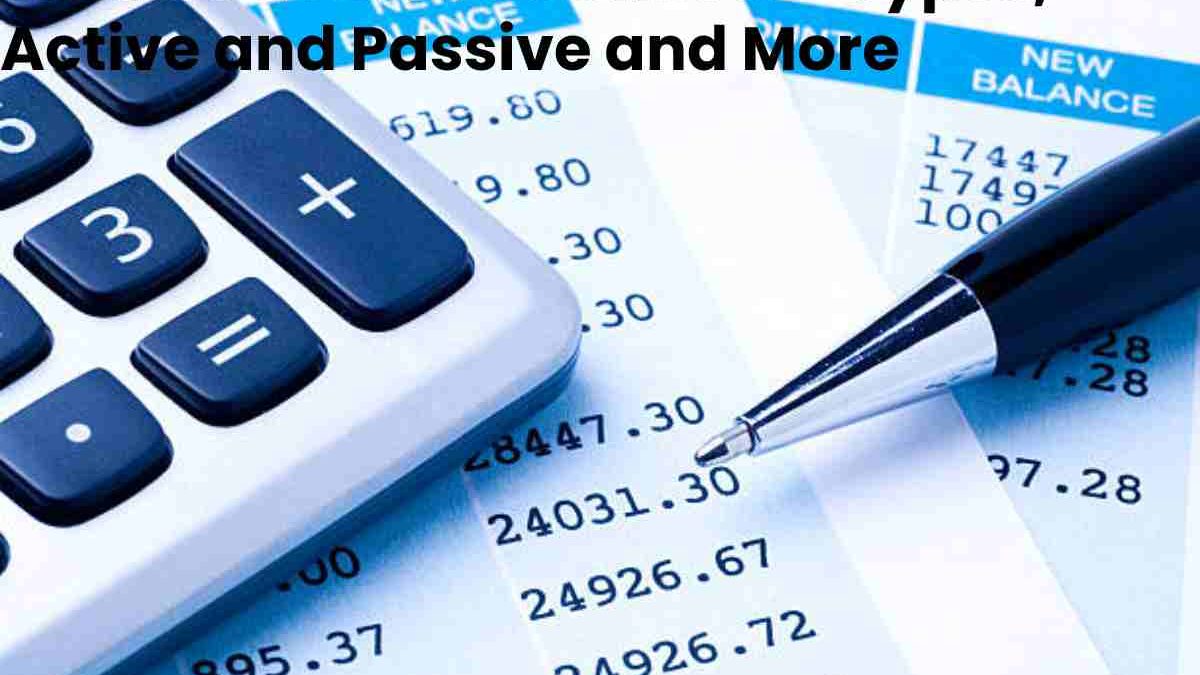Table of Contents
What Is a Balance Sheet?
Balance is weighing the factors in a situation to predict its outcome or evolution. Credit can refer to reports on economic field accounts or comparative studies of different areas.
Balance comes from the French balance, which means harmony. It can be synonymous with summary, assessment, valuation, fusion, or control.
In accounting, the balance sheet is the financial report that analyzes a company’s assets (earnings) and obligations (debts and duties) to control its economic and financial situation, also called its equity position.
Types of Balance Sheet

An accounting document indicates a company’s economic and financial situation at a specific time. It is a photograph of the assets, rights and obligations of the company as of a particular date.
The balance is made up of three parts:
- Asset or economic structure, which includes the goods and rights owned by the company,
- Liabilities or financial structure, the obligations or debts it has a contract.
- Net Assets, which includes the contributions made by the partners plus the Reserves that they have been generating over the years, for the profits that the company has retained or that have not been distributing in the form of dividends.
Active and passive Sheet
A balance needs to evaluate at least two factors. Credit is generally associated with accounting but can also apply for myself, such as the personal balance of the former year.
Balance is also the contemporary subjunctive of the chief and third-person singular of the verb balance and refers to the movement of something from one side to the other, such as the movement of the weight.
Roll can also be onward and backward movement—for example, it can refer to action from port to starboard in maritime parlance.
In chemical process engineering, material and energy balance are tools that calculate the flows of matter and energy in all aspects of the industrial process.
The balance in accounting terms is identical with accounts such as the final balance of the company is the final accounts. The results of the ratios, especially if they are negative, lead to actions and decisions at the management or government level to improve the situation, as is the case of exchange control.
Structure of a Balance Sheet
We can subdivide the balance into five fundamental assets, encompassing a series of accounts with the same economic and financial functionality.
Each of the equity elements, assets, liabilities and net worth represent groups of accounting accounts. The sum of both parts must give the same result.
Assets are what you own, liabilities are what you owe, and net worth are financial. Its resources belong to the business. Balance is a concept associated with accounting and finance. Companies have to keep track of their financial situation, which is done through different accounting procedures. An entity’s balance sheet reflects its economic reality at a given time.
A balance sheet has three fundamental aspects: the assets that a company owns (the assets). It’s the debts that it has (the liabilities) and the total value of an entity after discounting the obligations (the net worth).
In addition, the balance sheet is a document that serves to measure and evaluate the evolution of a company since it provides a series of data from which it is possible to conclude. Sometimes, this concept is slightly different: balance sheet (also known as a position statement).
The professional who performs this activity is an accountant (accountant is using more in the Spanish spoken in Spain, and in Latin America, the word accountant using). In any case, the balance must govern by the guidelines. And also, it’s the General Accounting Plan, the administrative regulations that regulate this economic and financial control.
The Balance Sheet is a Static Financial Statement
The document fixes not inform of the dissimilarity over some time. Still, of the situation at a given moment, we can understand it as a picture of the economic and financial structure, generally at the end of the year, which allows comparison between balance sheets of diverse ages.
Like any person in their domestic economy, businesses are essential to keep order. It to professionally shape what fits them and what they owe or owe. Thanks to accounting, we use the accounting or situation balance to do this.
Net value can calculate as assets minus liabilities. It represents the charities of the owners or shareholders plus the undistributed results. Similarly, when adverse effects (losses) occur, they will decrease the Net Worth. Net worth or stockholders’ equity also shows its ability to finance itself.
The accounting dimension of a balance sheet applies to other areas. An expression refers to weighing the pros and cons: take stock (this phrase is used in any situation. In which a reflection on a given topic carries out).
It is common for someone to say that they are taking stock of their professional career, a year, a relationship or an entire life. In this sense, the balance implies analyzing a specific circumstance’s positive and negative aspects to conclude.
There is another context in which this concept takes on a new meaning. This is the final count made about something usually tragic (the tragic balance of the air disaster amounts to 27 fatalities).
Conclusion
Balance is also a slight body movement, the swaying of the body when dancing or in certain sports activities.
And also, the word balance is a clear example of polysemy, a term with different meanings. This plurality of meanings gives it an expressive richness. It’s at the same time, a particular difficulty, especially for a foreign person who is not familiar with Spanish. There was likely some confusion about the accounting balance. It’s the bodily movement balance, two very different issues expressed with the same word.
Also Read: What is Mobile Technology? – Types, Advantage, Evolution and More


Review What Is a Balance Sheet? – Types, Active and Passive and More.